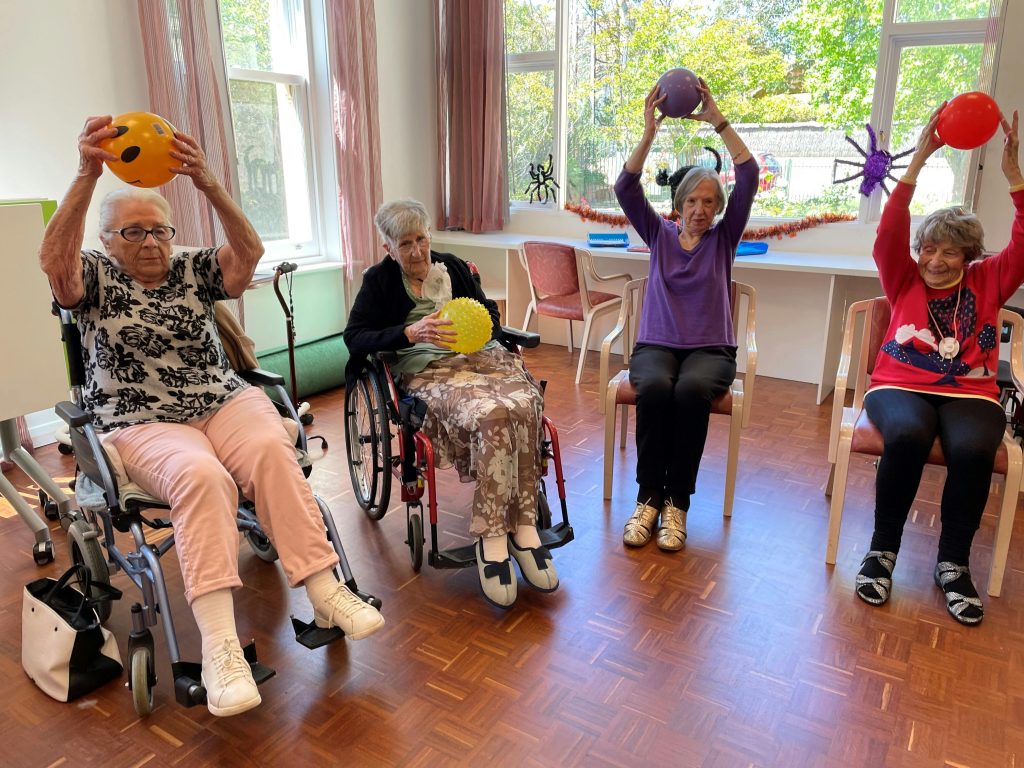Effective marketing is essential for facilities to stand out, attract residents, and build a strong reputation.
I. Understanding the Senior Care Market
A. Demographic Trends
The senior care market is influenced by various demographic factors, including:
- Aging Population: The aging population is increasing, leading to greater demand for senior care services.
- Baby Boomers: As the largest generation ages, their preferences and expectations shape the senior care landscape.
- Geographic Considerations: Demographic trends vary by region, influencing market dynamics and demand for services.
B. Market Analysis
Conduct a comprehensive market analysis to understand:
- Competitive Landscape: Identify competitors and analyze their marketing strategies and positioning.
- Market Demand: Assess the demand for senior care services in your target area.
- Consumer Preferences: Understand the preferences and needs of seniors and their families when choosing a care facility.
II. Crafting Your Marketing Strategy
A. Defining Your Value Proposition
Craft a compelling value proposition that highlights:
- Quality of Care: Emphasize the superior care and amenities offered at your facility.
- Unique Selling Points: Identify what sets your facility apart from competitors.
- Focus on Resident Well-Being: Highlight your commitment to providing a safe, nurturing environment for residents.
B. Target Audience Identification
Identify and segment your target audience based on:
- Age: Segment potential residents based on age groups and life stages.
- Family Members: Consider the needs and preferences of family members who may be involved in the decision-making process.
- Medical Needs: Tailor marketing messages to address specific medical needs and conditions.
III. Developing Your Marketing Plan
A. Multi-Channel Approach
Implement a multi-channel marketing approach that includes:
- Digital Marketing: Utilize online channels such as websites, social media, and email marketing.
- Traditional Marketing: Explore traditional channels like print ads, direct mail, and community events.
- Referral Programs: Develop referral programs to incentivize current residents and their families to refer new residents.
B. Content Marketing Strategy
Develop a content marketing strategy that includes:
- Educational Content: Provide valuable information on senior care topics through blog posts, articles, and guides.
- Success Stories: Share resident testimonials and success stories to showcase the positive experiences of current residents.
- Virtual Tours: Offer virtual tours of your facility to give potential residents and their families a glimpse of life at your senior care facility.
IV. Leveraging Digital Marketing Channels
A. Website Optimization
Optimize your website for:
- SEO: Use relevant keywords and meta tags to improve search engine visibility.
- User Experience: Ensure your website is easy to navigate and provides clear information about your facility and services.
- Mobile-Friendliness: Make sure your website is optimized for mobile devices to accommodate users accessing information on smartphones and tablets.
B. Social Media Engagement
Engage with your audience on social media by:
- Regular Posting: Share updates, photos, and videos showcasing life at your facility.
- Community Engagement: Interact with followers, respond to comments, and participate in relevant community discussions.
- Advertising: Utilize social media advertising to reach a wider audience and promote your senior care services.
V. Measuring Success and Optimization
A. Key Performance Indicators (KPIs)
Track and measure the following KPIs to assess the effectiveness of your marketing efforts:
- Lead Generation: Measure the number of inquiries and leads generated through marketing channels.
- Website Traffic: Monitor website traffic and user engagement metrics such as bounce rate and time on site.
- Conversion Rate: Evaluate the percentage of leads that convert into residents or move-in inquiries.
B. Continuous Optimization
Regularly review and optimize your marketing strategies by:
- Analyzing Data: Use analytics tools to analyze performance data and identify areas for improvement.
- Testing and Experimentation: Conduct A/B tests to optimize website design, messaging, and advertising campaigns.
- Staying Updated: Keep abreast of industry trends and consumer preferences to adapt your marketing strategies accordingly.
VI. Conclusion
Senior care facility marketing requires a strategic and multi-faceted approach to effectively reach and engage with potential residents and their families. By understanding market trends, defining your value proposition, and implementing a comprehensive marketing plan, you can position your facility for success in a competitive landscape. Continuously measure, analyze, and optimize your marketing efforts to drive growth and achieve your goals in providing exceptional care to seniors.



